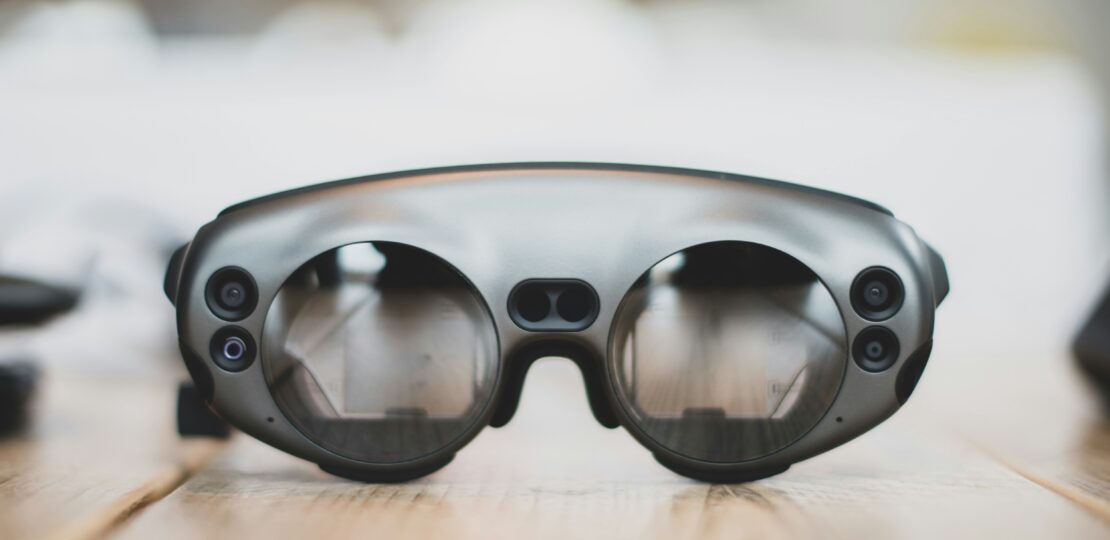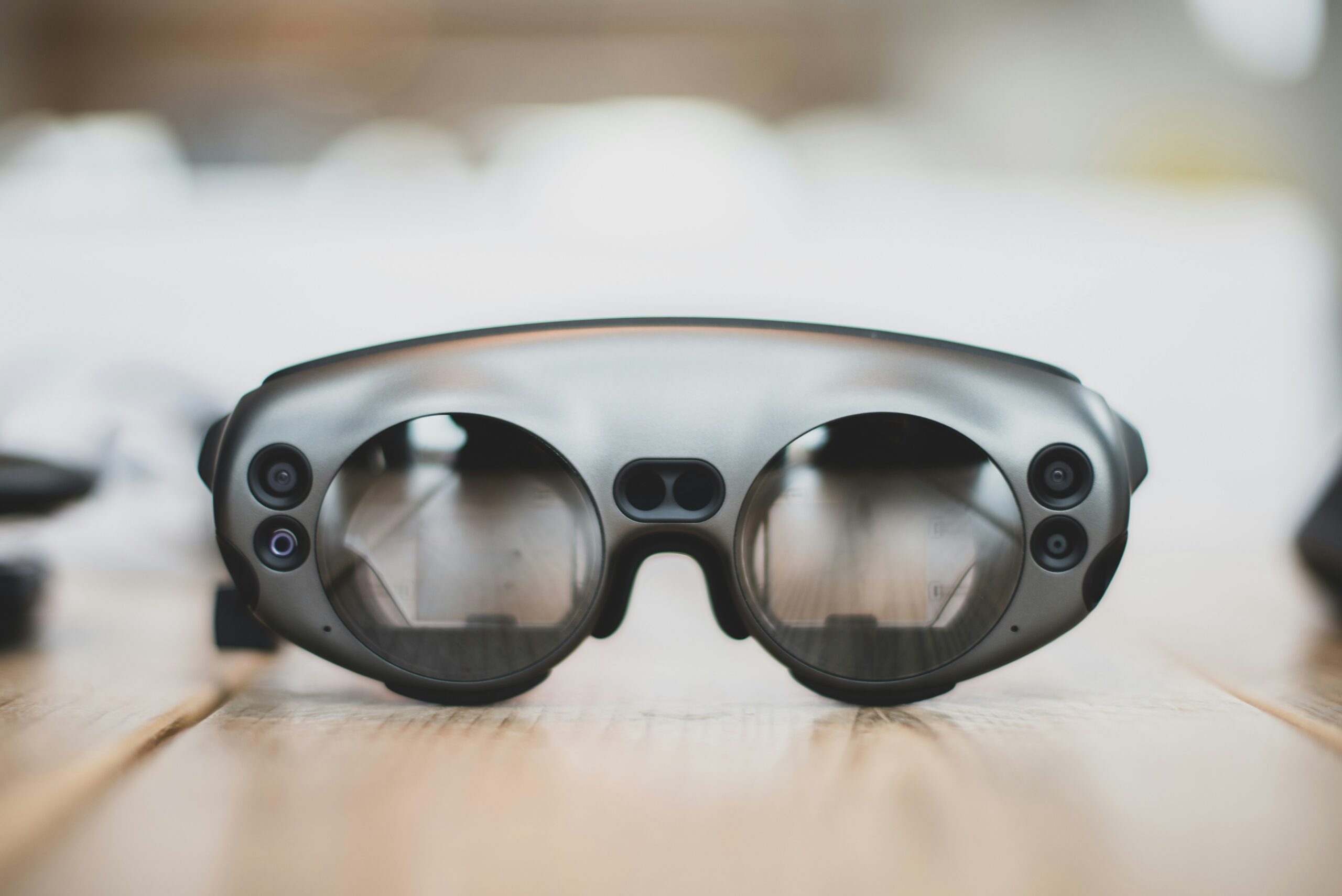Minimizing Returns Through Virtual Try-Ons and AI Sizing: The Future of Fashion and Beauty Shopping
October 2, 2025 | by qqvmedia.com


Understanding the Problem of Returns in E-commerce
Return rates in e-commerce, particularly within the fashion and beauty sectors, have become increasingly problematic for online retailers. These industries are particularly susceptible to high return rates, often attributed to several key factors that can lead to customer dissatisfaction. A primary reason for returns is sizing issues; customers frequently purchase clothing and accessories that do not fit as expected. This is compounded by variations in sizing standards among different brands, resulting in confusion and frustration for consumers trying to select the correct size. The inability to physically try on items before purchasing further exacerbates this issue, leading to an elevated likelihood of returns.
Color mismatches also play a significant role in returns. Customers may perceive the colors of products differently on their screens compared to how they appear in reality. This discrepancy creates a disconnect that can lead to disappointment upon delivery, prompting customers to send items back. Additionally, overall dissatisfaction with the look and feel of items can contribute to return rates. When customers receive products that do not meet their expectations based on online representations, they often opt to return them.
The implications of high return rates extend beyond customer dissatisfaction. Financially, online retailers face significant costs tied to reverse logistics, including shipping, restocking, and potential markdowns on returned merchandise. This can weigh heavily on profits, prompting the need for effective strategies to reduce return rates. Moreover, the environmental impact of returns cannot be overlooked; the shipping and processing involved contribute to carbon emissions and resource depletion. Given these challenges, it is imperative for the fashion and beauty industries to pursue innovative solutions, such as virtual try-ons and AI-driven sizing tools, aimed at minimizing returns and enhancing the overall shopping experience for consumers.
The Role of Augmented Reality and Virtual Try-Ons
Augmented reality (AR) and virtual try-on technologies have emerged as transformative tools in the online shopping landscape, particularly in the fashion and beauty industries. These innovations enable customers to visualize how products will appear on their body or skin before proceeding with a purchase, effectively bridging the gap between digital and physical shopping experiences. Virtual fitting rooms, for instance, utilize AR to superimpose clothing items onto a user’s image, allowing them to assess fit and style in real time. This interactivity not only fosters a more engaging shopping environment but also enhances customer confidence, decreasing the likelihood of returns.
Various AR tools have been developed, with makeup simulators being a prominent example in the beauty sector. These applications allow users to try different cosmetic products virtually, tailoring makeup styles and colors to an individual’s unique features. By employing facial recognition technology and image processing algorithms, these simulators can accurately reflect how a product will look on the user’s face, providing a realistic preview. The resulting personalization enhances customer satisfaction and encourages informed purchasing decisions.
Crucially, the adoption of machine learning algorithms further elevates the effectiveness of virtual try-ons. These algorithms analyze individual user data, including body measurements, skin tones, and personal preferences, to deliver tailored product recommendations. As users interact with AR tools, they generate data that can be harnessed to refine and improve suggestions over time. This level of customization not only enhances the shopping experience but also fosters brand loyalty, as consumers feel more connected to an experience that acknowledges their unique attributes and preferences.
Case Study: Sephora’s Virtual Artist App Success
Sephora’s Virtual Artist app represents a significant advancement in the integration of technology within the beauty shopping experience. Launched as a response to the growing demand for personalized shopping solutions, this application utilizes augmented reality to allow users to virtually try on a wide array of makeup products. One of its primary functionalities is accurate shade matching, enabling customers to see how different shades of lipstick, foundation, and other cosmetics would look on their own skin tones. This feature not only enhances user engagement but also fosters a level of confidence in purchasing that was previously unattainable through traditional online shopping methods.
In its inaugural year, the Sephora Virtual Artist app achieved remarkable metrics, recording over 8.5 million virtual try-ons. This staggering figure demonstrates not only the popularity of the app but also indicates a shift in consumer behavior toward a more tech-driven shopping approach. The app’s efficacy is further highlighted by its impact on product returns and conversion rates. Through innovative design and functionality, Sephora managed to achieve a 20% reduction in product returns, underscoring the success of virtual try-on technology in matching customer expectations with actual product outcomes. Additionally, there was an impressive 11% increase in online conversions, indicating that customers are more likely to complete a purchase when they can visualize products on themselves before buying.
This case study exemplifies how the effective use of virtual try-on technology can address the challenges faced by e-commerce retailers, particularly in the beauty sector. By minimizing the uncertainty associated with online purchases, Sephora’s Virtual Artist app not only enhances customer satisfaction but also drives increased sales momentum. The data gathered through this case illustrates the transformative potential of such technology in reshaping the future of fashion and beauty shopping.
The Future of Virtual Try-Ons and AI Sizing in Retail
As e-commerce continues to expand at a rapid pace, the integration of virtual try-ons and AI sizing is expected to play a crucial role in transforming the retail landscape. These technologies not only enhance the shopping experience but also address the growing concern of high return rates, which can be detrimental to both businesses and the environment. Advances in virtual reality (VR) and augmented reality (AR) are paving the way for more sophisticated applications that allow customers to visualize how clothing, accessories, or beauty products will look on them without the necessity of physical trials.
In the near future, we anticipate further developments in AI algorithms that will improve sizing accuracy and product recommendations. Utilizing vast databases of customer measurements and preferences, AI systems will provide tailored suggestions, reducing the likelihood of returns due to incorrect sizing. Retailers can leverage this technology by incorporating intuitive AI tools into their online platforms, facilitating a seamless and engaging shopping experience. This is particularly important as consumer expectations evolve, demanding more personalized and efficient service.
The environmental implications of minimizing returns cannot be overlooked. High return rates contribute significantly to carbon footprints due to reverse logistics, excess packaging, and product disposal. By embracing virtual try-ons and AI sizing, retailers can foster responsible consumption among their consumers, leading to more sustainable shopping habits. The adoption of these technologies can not only reduce waste but also enhance customer satisfaction, as shoppers gain confidence in their purchase decisions through accurate sizing and visualization.
As we look toward the future, virtual try-ons and AI are set to become integral to a sustainable retail strategy, promoting both customer engagement and ecological responsibility. Businesses that proactively invest in these innovations will likely not only improve their operational efficiencies but also position themselves as leaders in the retail market of tomorrow.
RELATED POSTS
View all

